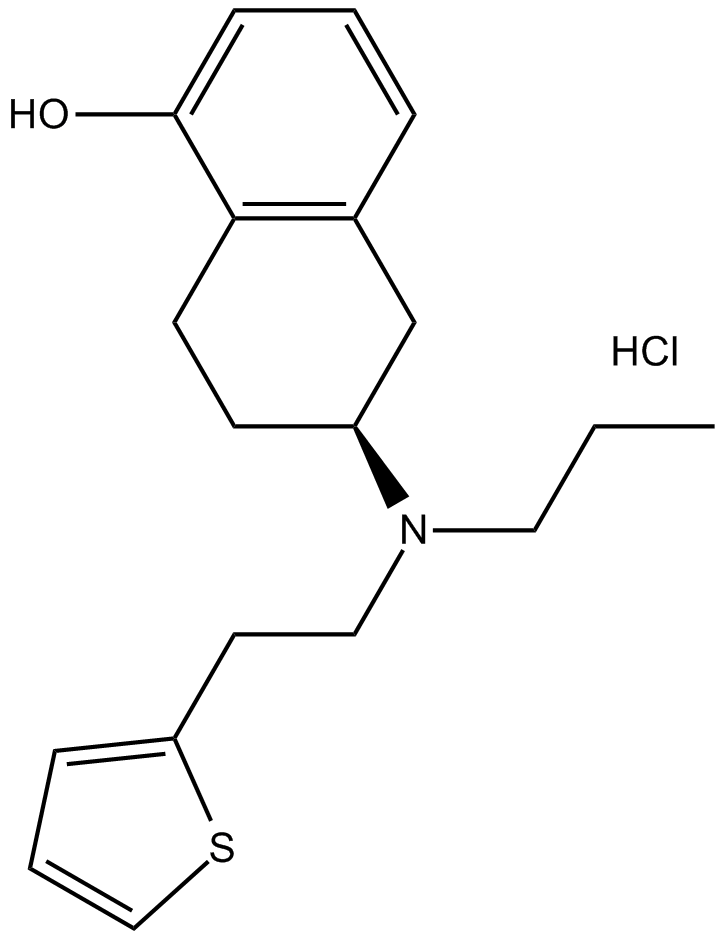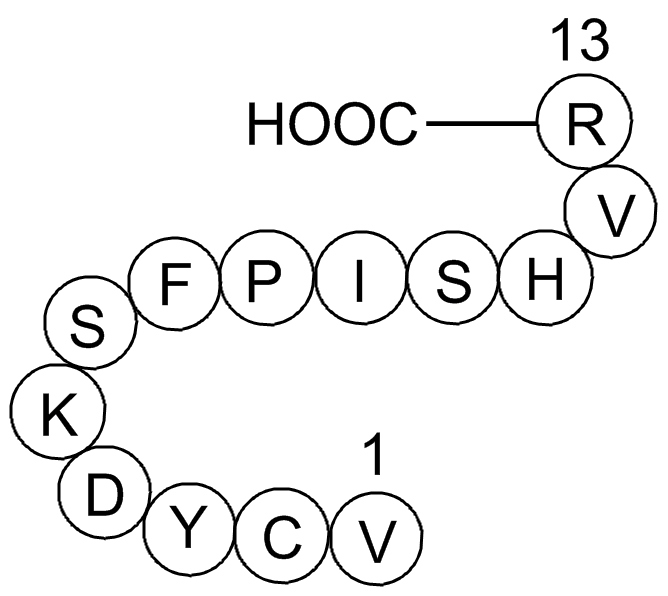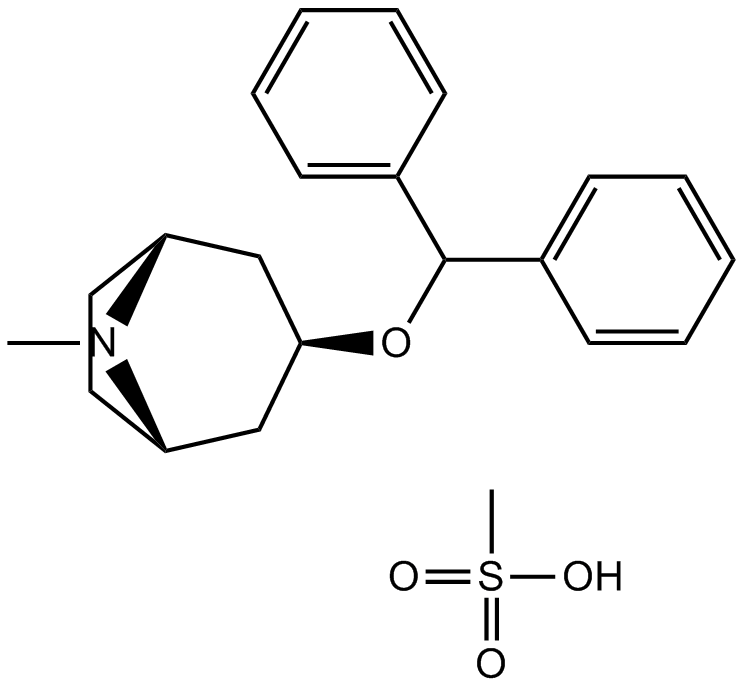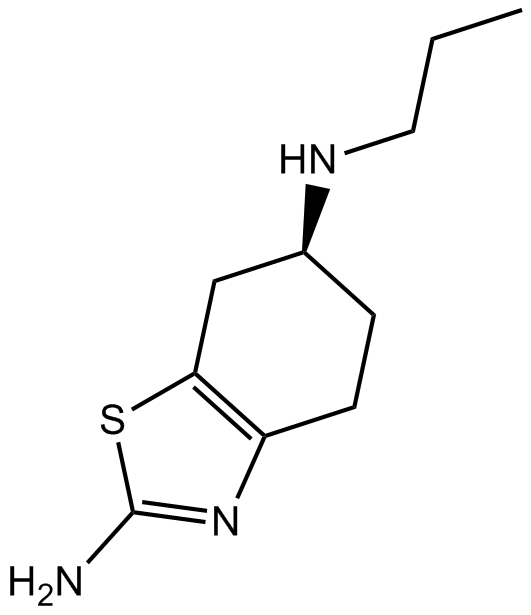Neuroscience

Neurotransmitter receptors function via various G-protein coupled and G-protein independent mechanisms that activate downstream intracellular signaling pathways such as cAMP/PKA, PI3K/AKT, phospholipase A2, and phospholipase C pathways. For instance, dopamine receptors act through adenylate cyclase to activate PKA and other signaling molecules, thereby mediate gene expression through the actions of CREB and other transcription factors. Other neurotransmitters such as NMDAR or AMPAR are associated with ion channels that control flux of Ca2+ and Na+, thus propagating the action potential across the post-synaptic neuron.
Dysfunctions in GABAergic/glutamatergic/serotonergic/dopaminergic pathways result in a broad range of neurological disorders such as chronic pain, neurodegenerative diseases, and insomnia, as well as mental disorders including schizophrenia, bipolar disorder, depression, and addiction.
-
 A3777 Rotigotine hydrochlorideSummary: Agonist of dopamine D2/D3 receptor
A3777 Rotigotine hydrochlorideSummary: Agonist of dopamine D2/D3 receptor -
 B5571 MNI 137Summary: negative allosteric modulator of group II mGlu receptors
B5571 MNI 137Summary: negative allosteric modulator of group II mGlu receptors -
 A1044 Gap 268 CitationTarget: Gap JunctionsSummary: Gap junction blocker peptide, mapping to connexin 43 residue 63-75
A1044 Gap 268 CitationTarget: Gap JunctionsSummary: Gap junction blocker peptide, mapping to connexin 43 residue 63-75 -
 C3597 CPHPCSummary: used with anti-SAP antibodies to eliminate amyloid deposits
C3597 CPHPCSummary: used with anti-SAP antibodies to eliminate amyloid deposits -
 B1134 Oxybutynin chlorideSummary: Anticholinergic medication
B1134 Oxybutynin chlorideSummary: Anticholinergic medication -
 B1554 Benztropine mesylateSummary: Dopamine transporter (DAT) inhibitor
B1554 Benztropine mesylateSummary: Dopamine transporter (DAT) inhibitor -
 B1443 BufexamacSummary: COX inhibitor
B1443 BufexamacSummary: COX inhibitor -
 B1488 PramipexoleTarget: D2 Receptors|D3 Receptors|D4 ReceptorsSummary: Dopamine agonist
B1488 PramipexoleTarget: D2 Receptors|D3 Receptors|D4 ReceptorsSummary: Dopamine agonist -
 B6406 (±)-EpibatidineSummary: nicotinic agonist
B6406 (±)-EpibatidineSummary: nicotinic agonist -
 B6471 Oxotremorine sesquifumarateSummary: Muscarinic agonist
B6471 Oxotremorine sesquifumarateSummary: Muscarinic agonist

